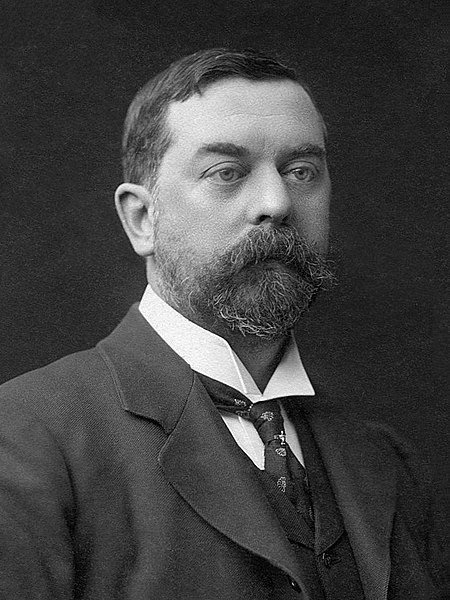
Born: 12 January 1856, Florence
Died: 14 April 1925 (aged 69)
Period: Impressionism
The Life of John Singer Sargent
John Singer Sargent was a leading American expatriate artist, celebrated for his portraits and landscape paintings that combined elements of Impressionism with a distinctive realism. His life can be summarized as follows:
Early Life and Education
- Sargent was born on January 12, 1856, in Florence, Italy, to American parents. He was part of an expatriate family that valued art and culture, which significantly influenced his early interest in painting.
- Sargent demonstrated exceptional artistic talent from a young age. He received his formal art education in Paris, studying under Carolus-Duran, a prominent French portrait painter. This training emphasized the importance of working quickly to capture the essence of the subject, a technique that would become a hallmark of Sargent’s style.
Artistic Career
- By the 1880s, Sargent had established himself as a sought-after portrait artist among wealthy patrons in Paris and London. His work was characterized by its sophisticated elegance, psychological depth, and the ability to capture the character and beauty of his sitters.
- Despite his success as a portraitist, Sargent faced criticism for his painting “Madame X” (1884), which caused a scandal because of its perceived provocativeness. This incident led Sargent to move to London, where he would spend much of his career.
Transition and Later Work
- While Sargent continued to paint portraits, he increasingly turned to landscapes and watercolors in the later part of his career. These works were more personal and allowed him to explore different subjects and techniques away from the demands of his portrait commissions.
- His travels throughout Europe and the Middle East provided ample subject matter for his landscape paintings and watercolors, which were admired for their vibrant light and color, demonstrating his mastery of the medium.
Legacy and Influence
- Sargent remained prolific until his death on April 14, 1925, in London. He left behind a vast body of work, including approximately 900 oil paintings and more than 2,000 watercolors, along with numerous sketches and charcoal drawings.
- His portraiture, in particular, captured the grandeur and ethos of his era, making him one of the most celebrated portrait artists of his time.
- Sargent’s work continues to be exhibited in major museums around the world, including the Metropolitan Museum of Art in New York, the Museum of Fine Arts in Boston, and the National Gallery in London, underscoring his lasting impact on the art world.
John Singer Sargent’s life was marked by a continuous search for artistic expression, moving seamlessly between the worlds of high society portraiture and the natural beauty captured in his landscapes and watercolors. His work remains a testament to his incredible skill, versatility, and the enduring appeal of his artistic vision.
John Singer Sargent’s Notable Works
John Singer Sargent is renowned for his exceptional portraits and landscapes, which have captivated audiences for over a century. Here are ten of his most famous works, celebrated for their technical brilliance and expressive depth:
- Madame X (Madame Pierre Gautreau) (1884) – This controversial portrait is famous for its striking portrayal of Virginie Amélie Avegno Gautreau, showcasing Sargent’s bold style and causing a scandal at the Paris Salon of 1884 due to its suggestive portrayal and avant-garde technique.
- The Daughters of Edward Darley Boit (1882) – A captivating group portrait of the four daughters of Edward Darley Boit, set in their Paris apartment. It is admired for its unconventional composition and the way it captures the personalities of the subjects.
- Carnation, Lily, Lily, Rose (1885-86) – A beautiful, impressionistic outdoor scene featuring two young girls lighting lanterns in an English garden at twilight. It is celebrated for its enchanting use of light and color.
- Lady Agnew of Lochnaw (1892) – This portrait is renowned for its relaxed elegance and the engaging gaze of Lady Agnew, showcasing Sargent’s skill in capturing the essence of his sitter.
- Portrait of Madame Edouard Pailleron (1880) – Sargent captures the sophistication and confidence of the French society lady, highlighting his ability to portray the subtleties of character and social standing.
- El Jaleo (1882) – A large and dynamic painting depicting a Spanish gypsy dancer performing flamenco, noted for its dramatic lighting and movement.
- Gassed (1919) – Departing from his usual subjects, this monumental work depicts a line of soldiers blinded by mustard gas during World War I. It is a powerful commentary on the horrors of war.
- Mrs. Hugh Hammersley (1892) – A striking portrait of a London socialite, admired for its luxurious detail, rich colors, and the sophisticated pose of the subject.
- The Breakfast Table (1883-84) – This intimate portrait of Sargent’s sister, Violet, reading at a breakfast table, showcases his skill in domestic scenes and the subtle interplay of light and shadow.
- Venetian Interior (circa 1880s) – Sargent’s mastery in depicting light is evident in this atmospheric painting of a Venetian palazzo, capturing the unique luminosity of Venice.
John Singer Sargent’s oeuvre spans a wide range of subjects, from the opulent and aristocratic figures of the late 19th and early 20th centuries to the poignant scenes of everyday life and the natural world. His work remains highly regarded for its technical prowess, innovative compositions, and the emotive power of his portrayals.